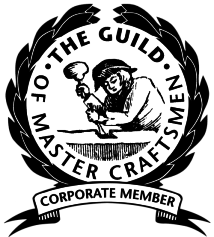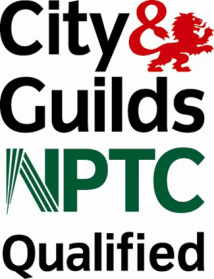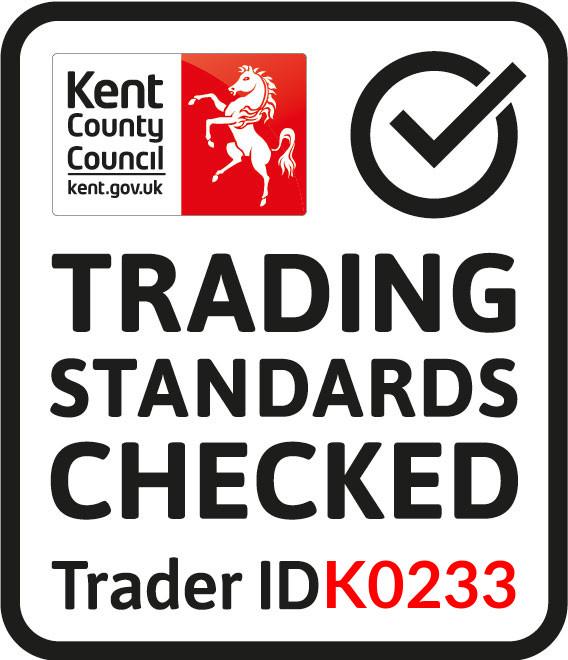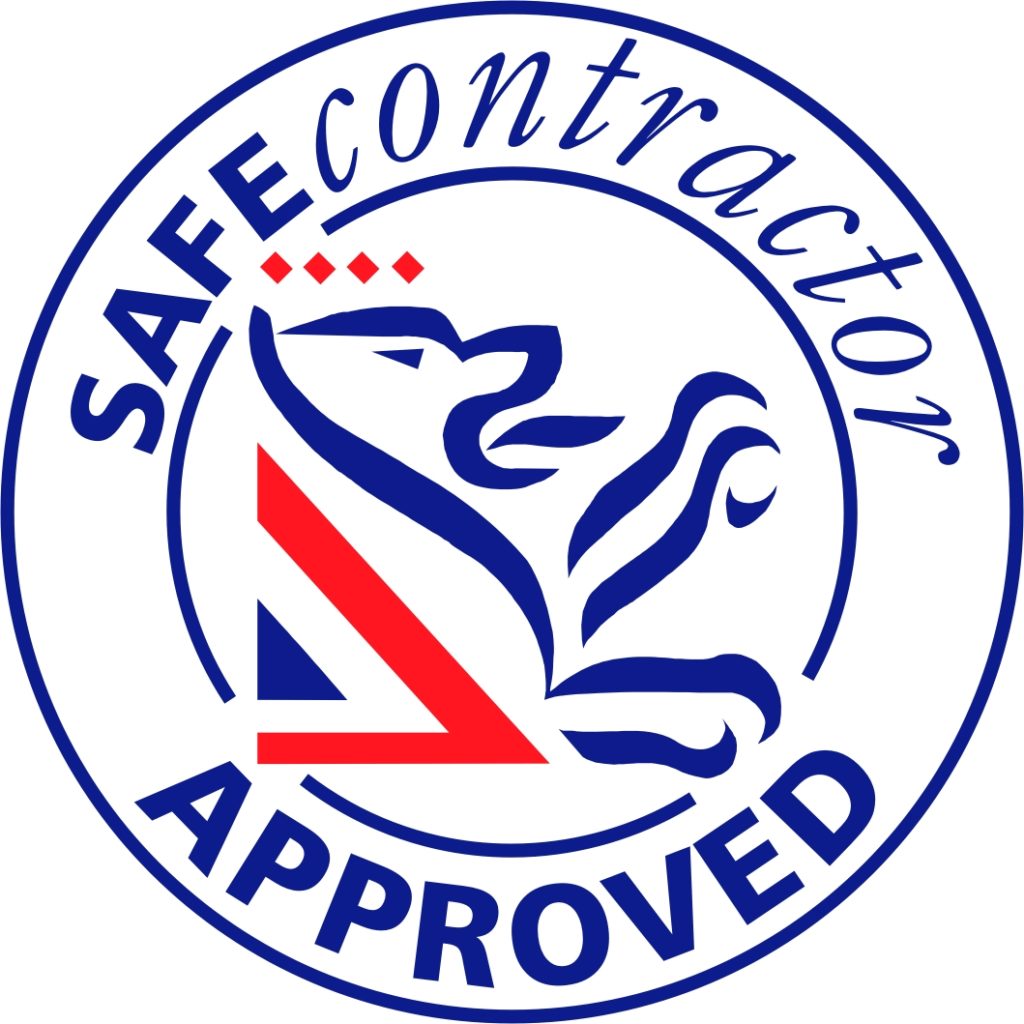No job is too big or small. We prune trees and hedges, fit all types of fences, fell dangerous trees and cover everything in between. All waste is disposed of properly and we recycle whenever possible.
Our prices are competitive
Established in 1981
All waste is disposed of properly.
Camberford Law Insurence
There are many different forms of tree pruning, each appropriate to different situations. The most common are described below. We are happy to advise you on what is most suitable for you and your tree. The term ‘crown’ is often used when describing tree pruning techniques – it refers to the tree’s leaf and branch area but not the trunk/stem.
To reduce the overall volume and visible size of a tree’s crown, while maintaining the natural balance and shape – ensuring that it still looks like a tree. It may be that you would like to keep your tree but you need more light in your garden, or you feel uncomfortable with the tree’s size given its proximity to your property. Sometimes a tree with a potentially hazardous decay or cavity may be spared removal by reducing its crown volume, and thus greatly reducing its susceptibility to high winds.
To remove the lowest branches of a tree, providing increased clearance below. Often carried out on roadside trees as there are statutory height clearance requirements that local councils/highway authorities can enforce. Can also be an effective and affordable way of increasing the light below garden trees.
This process leaves the overall size of the tree as it is, but removes selected branches within the crown. The branches that are removed are often those that are dead, rubbing, split or defective in some other way. Combined with increased airflow within the canopy this is a good way to maintain the health of your tree, while also increasing the light passing through to the ground below. Crown thinning reduces the ‘cluttered’ appearance of an overly thick canopy.
Trees naturally produce deadwood as branches die and decay. Indeed in an area of untravelled woodland this provides excellent wildlife habitat. Unfortunately, the deadwood branches of certain species have a tendency to fall out of trees, and above heavily used public areas, roads or gardens this can be a hazard. Having a tree cleaned of deadwood can reduce the hazard to people and property below.
Individual selected live branches can also be removed if they have grown in an overly extended or weakened manner, or if they cause other problems such as light obstruction or rubbing on properties.
A traditional method of tree management, the term ‘pollarding’ is often mis-used to describe poor tree pruning. Where it is appropriate, pollarding involves pruning the tree quite dramatically, often to only a few meters high, from which shoots re-grow with surprising vigor. It can be an effective way to greatly reduce the size of a tree while also leaving it in an easily maintained condition (when done on a regular basis). While it is not appropriate for all species, it can increase the health and longevity of other species – indeed, some of our best known ancient trees are old pollards. We can advise on whether pollarding is an appropriate course of action for your tree.





We welcome all tree and fencing projects throughout Kent including: